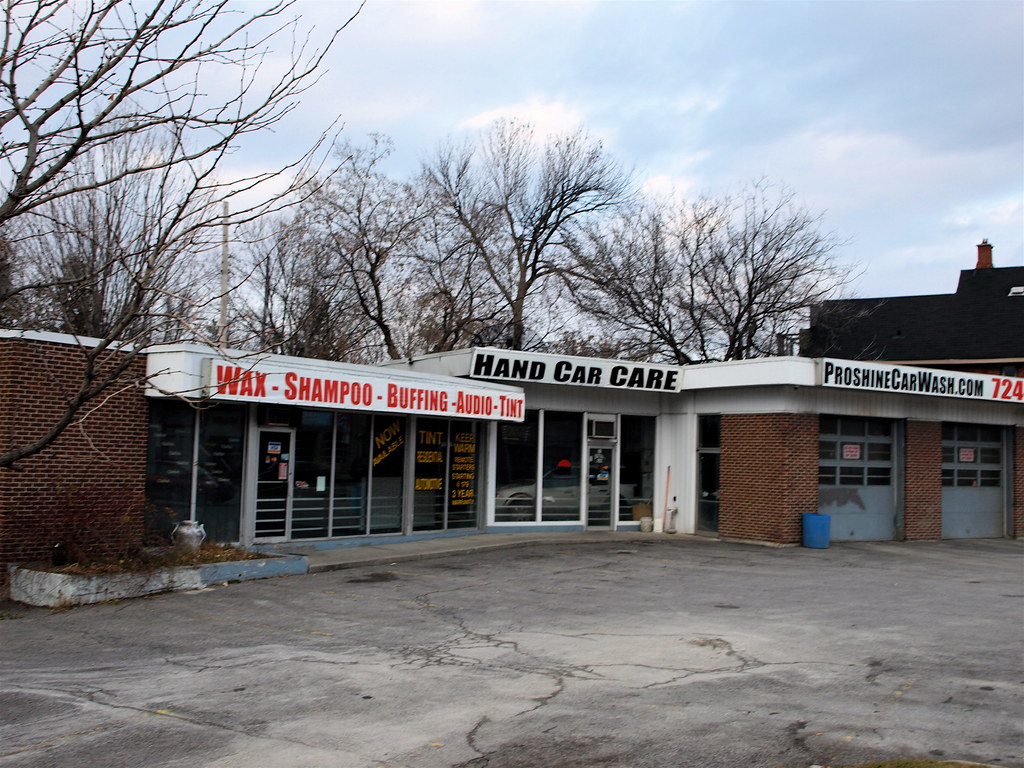
This is the first of a multi-part series that will follow environmentalists Chris Henschel and Allegra Newman as they share their first-hand experiences dealing with an intensification project directly affecting their own residence near Island Park Drive.
I live with my wife and baby daughter in West Wellington. We got rid of our car when we moved into the our house last year and we love to walk to all that this wonderful neighbourhood has to offer. Neighbourhoods like this are being encouraged in Ottawa through planning guidelines aimed at creating ‘traditional mainstreets,’ which the City defines as:
mainstreets developed primarily before 1945. They generally present a tightly knit urban fabric, with buildings that are often small-scale, with narrow frontages and set close to and addressing the street. This results in a strong pedestrian orientation and transitfriendly environment. Land uses are often mixed, with commercial uses at the street level and residential uses on the upper levels. [http://ottawa.ca/residents/planning/design_plan_guidelines/completed/traditional_mainstreets/traditional_mainstreets_en.pdf]
Development and intensification are integral parts of creating traditional mainstreets, and we support this.
This support in principle is now being challenged in practice. We live directly behind 1451 Wellington Street, the corner lot at Island Park Drive – current home to Pro-Shine car wash and subject to a condo development proposal by Springcress Properties.
The proposal for the condo presents a list of concerns for us: a winter-long shadow on our house; increased traffic and a parking entrance off our dead-end street; a proposed parking lot and underground garage along our backyard; and, a loss of privacy for our home described by all visitors as a piece of country in the city.
We are ready to engage with the developer to address our interests and so far he has reciprocated. It occurs to me that this process will not so much be a test of our support for traditional mainstreets and urban intensification but rather a test of whether the City and developers are really committed to sensitive development that fits the surrounding community and neighbourhoods. We are urbanists with fair interests. If adjacent development won’t work for us, it won’t work for anybody.
Chris is an environmentalist living in the Island Park neighbourhood of Ottawa, Canada. His dearest vocation is leading a band of campaigners and scientists in advocating for a new global climate change agreement that protects the atmosphere and biodiversity. He is a 2007 Gordon Global Fellow and the National Manager of Domestic and International Policy at the Canadian Parks and Wilderness Society (CPAWS). Chris also twitters as biocarbonman and posts regularly to climateforests.blogspot.com.
photo by Evan Thornton

One comment
I like your approach in working with the developer to make the best of a situation which will clearly impact you and your family. I wonder how other home owners in your situation have dealt with pending condo development. As an environmentalist, it is hard not to appreciate the positive environmental outcomes of this type of urban intensification, but at the same time recognizing its negative impact on surrounding homes. I look forward to reading your story as it develops. It speaks to a much larger conundrum of how ensure cities are environmentally sustainable, while maintaining the character of a neighbourhood and respecting a property owner’s right to the joyful use of his/her property.